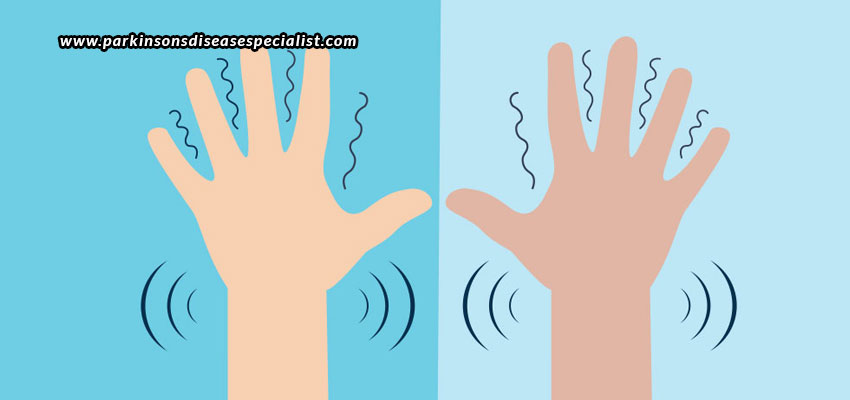
04 Feb How Many Different Types Of Movement Disorders Are There?
If you’re on this page, you’re certainly inquisitive to learn about the different types of movement disorders, whether the victim is you or your loved one; or may it be simply out of eagerness to know more about it. Whatever it is, we’ll let you know that you can’t simply count the different types of movement disorders on your fingers! There are multiple different movement disorder types, each varying in symptoms, intensity, and frequency. But, we can always help you know about the most common types of movement disorders seen affecting people across the world.
Tremors
Tremors are involuntary rhythmic oscillatory movements of generally the limbs, but the other parts of the body may also be affected.
Dystonia
Dystonia is the abnormal sustained contraction of muscles, which causes the concerned body part to be twisted in various directions.
Parkinson’s Disease
This is a slowly-growing, neurodegenerative disorder that causes tremors, slow movements, stiffness of the limbs, or imbalance.
Huntington’s Disease
Huntington’s Disease is a progressive neurodegenerative disorder that causes uncontrolled movements, hindered cognitive abilities, and mental conditions.
Tourette’s Syndrome
Tourette’s Syndrome is related to repetitive stereotypic movements and vocal tics.
Ataxia
Ataxia is identified with the symptoms of clumsiness, imbalance, wobbly speech, and unstable limb movements, which are all caused due to the malfunctioning of the part of the brain that controls the co-ordinated movement of the body.
Chorea
Chorea is depicted by brief, unpredictable, and rapid dancing-type involuntary movements affecting the face, mouth, trunk, or limbs.
Myoclonus
Myoclonus is the condition that causes rapid jerks of a single muscle or group of muscles.
Multiple System Atrophy
Multiple System Atrophy is a neurodegenerative condition that causes severe postural blood pressure fluctuation, urinary disturbances, and sexual botherances, along with the common symptoms of slow movement, imbalance, and clumsiness of the hands.
Progressive Supranuclear Paralysis
PSP is an uncommon movement disorder that causes issues with walking, balance, and eye movements.
Restless Legs Syndrome
Restless Legs Syndrome, as the name itself suggests, is the movement disorder connected to the legs. It causes upsetting and abnormal feelings in the legs, but only when in relaxed position. In fact, the symptoms are relieved with movement!
Tardive Syndrome
Tardive Syndrome includes twisting movement of the head, trunk, or limbs, or may cause brief and rapid dancing-type involuntary movements. But, this neurological condition is brought about only by long-term usage of certain drugs used to treat mental conditions.
As you can see, all the movement disorders mentioned above has almost similar kinds of symptoms like slow movement, imbalance, and wobbly speech. However, each movement disorder is actually very different from the other; which can be only identified with professional assistance. If you or anyone you know is suffering from one or more of the symptoms mentioned above, you need to know what kind of problem you are suffering from. And for this, you can always rely on a professional like Dr. Shivam Mittal, he who is an internationally-recognized neurologist, and expert in offering the best diagnosis and movement disorders treatment in UAE, with his patient-centered care ideology.







